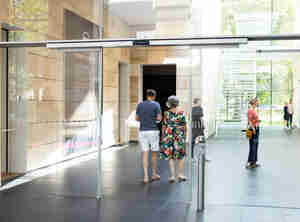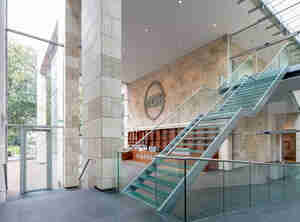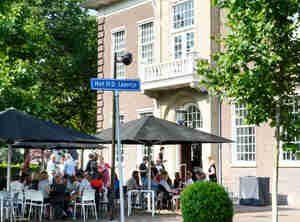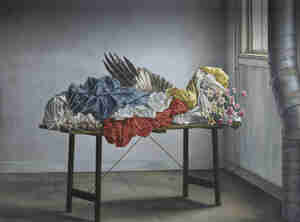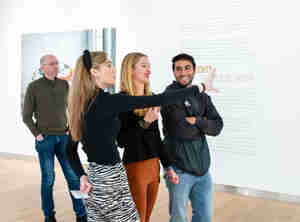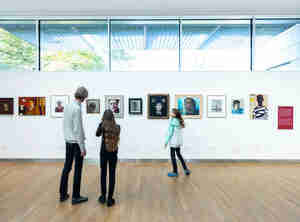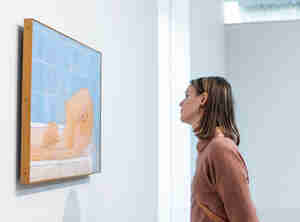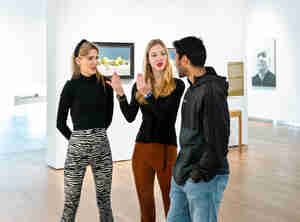- Plan your visit
- See and do
- Collection
- About us

Go back
Jan Wittenberg
Still Life with Three Vases, Flowers and a Japanese Print, 1933
Even as a child, Wittenberg knew that he wanted to be an artist. Have taken evening classes, studying briefly at the art academy in The Hague and being tutored by Willem van Konijnenburg (1868-1943), he gradually found his own style.
Jan Wittenberg (1886-1963) is renowned for this type of still lif
...
e. It has the characteristic division and light-dark contrast in the background. The composition is somewhat more crowded than most of Wittenberg’s still lifes, partly due to the Japanese print in the background.
In 1934, Jos de Gruyter (1899-1979) reported in the newspaper Het Vaderland on a work by Wittenberg with a Japanese print that was on display at the gallery of Hélène Meijer Timmerman Thijssen (1879-?). He called the painting one of the most striking and more accomplished works in the exhibition; an ‘air of illusion and surprise’ was present in abundance, which was ‘the strength of Wittenberg’s work’. We do not know whether he was referring to precisely this work.
Many artists were influenced by the Japanese art that flooded into the West from the mid-19th century onwards. With Wittenberg, a similar stylisation to that found in many Japanese prints can primarily be seen in his prints of e.g. birds, but this simplification of forms can also be seen in his paintings.
Text: Evelien Verheij, collection coordinator
Artist
Jan Wittenberg
Title
Still Life with Three Vases, Flowers and a Japanese Print
Year
1933
Technique
Oil on canvas
Size
55.5 x 45.5 cm (h x w)
Type of object
Painting
Copyright
Uknown
This work is protected by copyright. You need permission from the creator or his heir to download, edit, copy or publish it.
